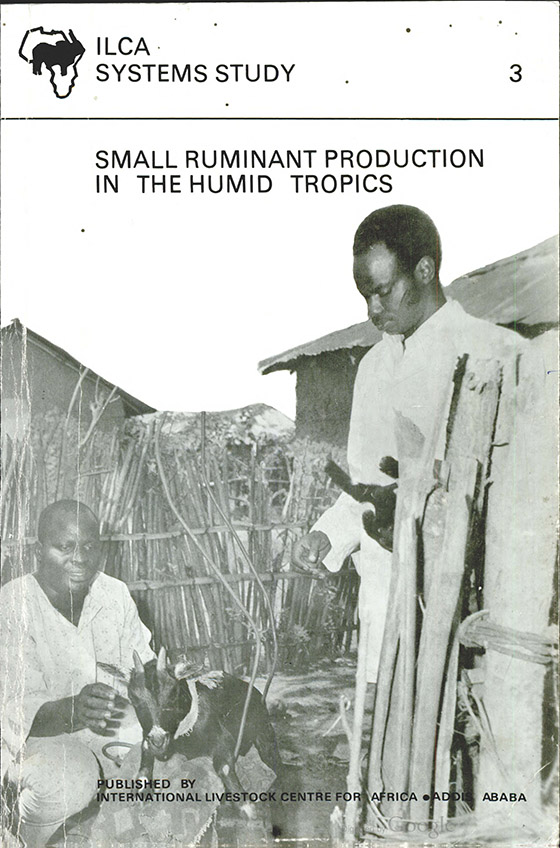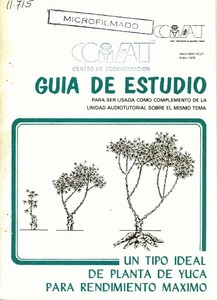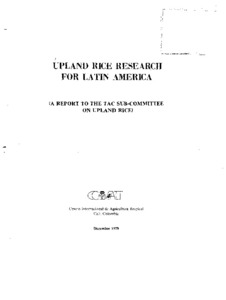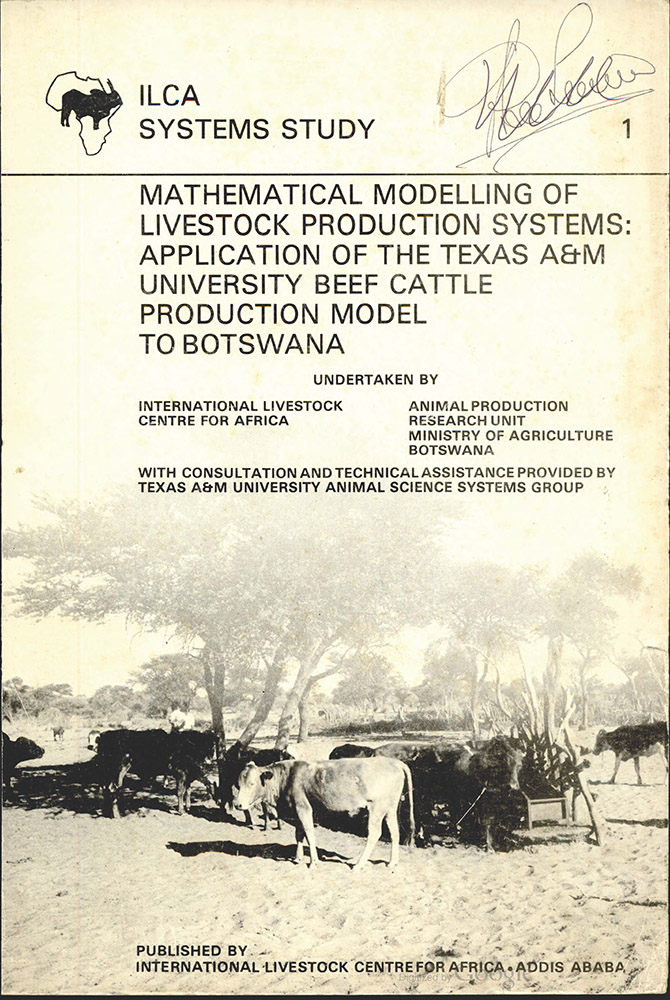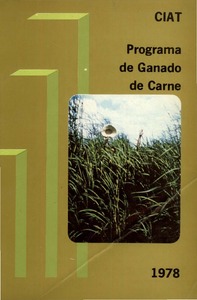Fisiología
Research of the physiology section was centered on identifying the characters associated with high root yields and quality in cassava under stress conditions. Plant reaction to water stress was studied, specifically regarding growth and yields of var. M Mex 59 and M Col 22 with a period of artificial rain exclusion. Observations were made throughout the stress period and subsequent recovery. Water stress reduced LAI notably although M Mex 59 maintained a LAI approx. twice that of M Col 22 during the stress period. LAI for both var.




